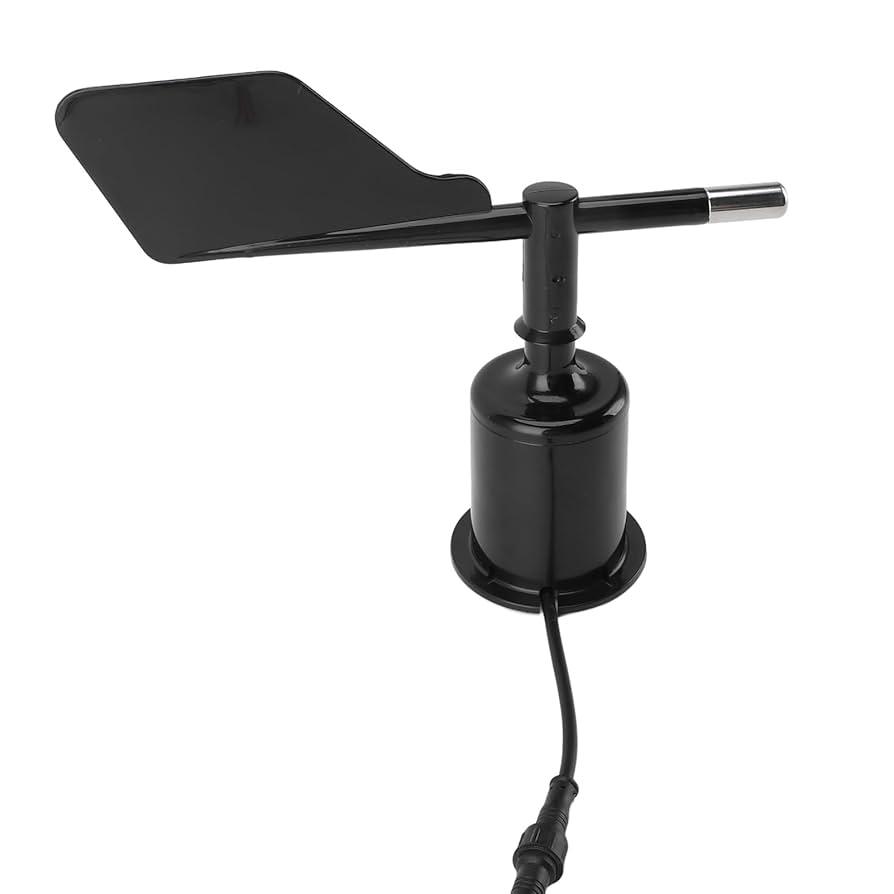Table of Contents
- Watch Wind Direction as a Critical Safety Measure in Blowback Prevention
- Analyzing Environmental Factors That Influence Hazardous Blowback Events
- Implementing Real-Time Wind Monitoring for Enhanced Operational Safety
- Best Practices for Training Personnel to Respond to Wind-Related Blowback Risks
- In Retrospect
Watch Wind Direction as a Critical Safety Measure in Blowback Prevention
When managing operations that involve potential blowback hazards, monitoring wind direction becomes an indispensable safety measure. Wind can carry hazardous fumes, gases, or particulate matter back towards personnel or sensitive equipment, creating a dangerous environment. Ignoring this factor may lead to severe health risks, equipment damage, and even operational shutdowns. Consistent awareness and real-time tracking of wind patterns enable teams to implement timely interventions that mitigate exposure and contamination risks.
To effectively incorporate wind direction into your safety protocol, consider these key practices:
- Utilize advanced meteorological instruments for accurate, on-site wind monitoring.
- Establish designated safe zones aligned with prevailing wind patterns to avoid blowback exposure.
- Integrate wind data into operational decision-making, adjusting activities during adverse conditions.
- Train personnel regularly on responding to shifts in wind direction and recognizing potential blowback scenarios.
Analyzing Environmental Factors That Influence Hazardous Blowback Events
Understanding the dynamics of environmental factors is crucial for preventing blowback incidents in hazardous operations. Wind direction plays a pivotal role in determining the trajectory of airborne contaminants or flames that could otherwise escalate into severe safety hazards. In outdoor industrial settings, sudden shifts in wind patterns can redirect toxic fumes, gases, or flames back towards personnel or critical equipment, posing immediate threats to health and safety. Regular monitoring combined with predictive meteorological data can empower safety managers to implement timely evacuation or operational adjustments.
Key environmental variables beyond wind direction include:
- Wind speed: Higher speeds can exacerbate the spread or dilution of harmful substances.
- Temperature inversions: These can trap gases near the ground, increasing the hazard risk.
- Humidity levels: Affect the dispersal characteristics of airborne particles.
- Localized terrain features: Structures or natural barriers can alter wind flow patterns unexpectedly.
Implementing Real-Time Wind Monitoring for Enhanced Operational Safety
Integrating cutting-edge sensors and IoT technologies to continuously capture wind parameters allows operators to react promptly before conditions turn hazardous. Real-time wind monitoring systems deliver precise, up-to-the-minute data on direction and speed, enabling the deployment of immediate countermeasures to mitigate blowback risks. By harnessing this intelligence, industries can adjust operational protocols dynamically, minimizing potential equipment damage and safeguarding personnel on-site.
Key advantages of this proactive approach include:
- Instant alerts upon detecting unfavorable wind shifts, enhancing situational awareness.
- Data-driven decision-making for optimal scheduling and equipment positioning.
- Reduction in downtime through preventative adjustments instead of reactive fixes.
- Compliance with safety standards through thorough wind condition documentation.
Best Practices for Training Personnel to Respond to Wind-Related Blowback Risks
Effective training programs must emphasize the importance of constantly monitoring wind patterns on-site to minimize blowback hazards. Personnel should be equipped with the skills to interpret weather data and recognize shifts in wind direction and intensity. Incorporating scenario-based drills that simulate real-time wind changes helps build quick decision-making capabilities. Additionally, leveraging technology such as anemometers and real-time weather apps can provide immediate alerts, enabling staff to take precautionary measures before conditions worsen.
To ensure consistent safety standards, training should cover clear communication protocols that prioritize alerting all team members in the event of wind-driven hazards. This includes establishing a chain of command for rapid incident reporting and response coordination. Trainers are encouraged to foster a culture where employees feel empowered to pause operations proactively when blowback risks increase. Developing these competencies through regular refresher courses and hands-on exercises not only enhances worker confidence but significantly reduces the likelihood of wind-related accidents.
In Retrospect
In summary, monitoring wind direction is a critical measure for preventing hazardous blowback incidents across various industries. By staying vigilant and incorporating real-time wind data into operational protocols, organizations can significantly reduce the risk of dangerous exposures and enhance overall safety. As environmental conditions continue to play a pivotal role in workplace hazards, prioritizing wind direction awareness is essential for protecting both personnel and property.Check Our Other Blogs
- StunGun – Your Trusted Source for Stun Guns, Laws, and Self-Defense Tips
- PepperSprayLaws – Your Trusted Resource for Pepper Spray Information
- StunGunLaws – Your Trusted Guide to Stun Gun Legality and Safety




